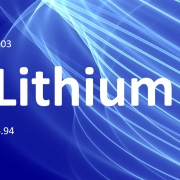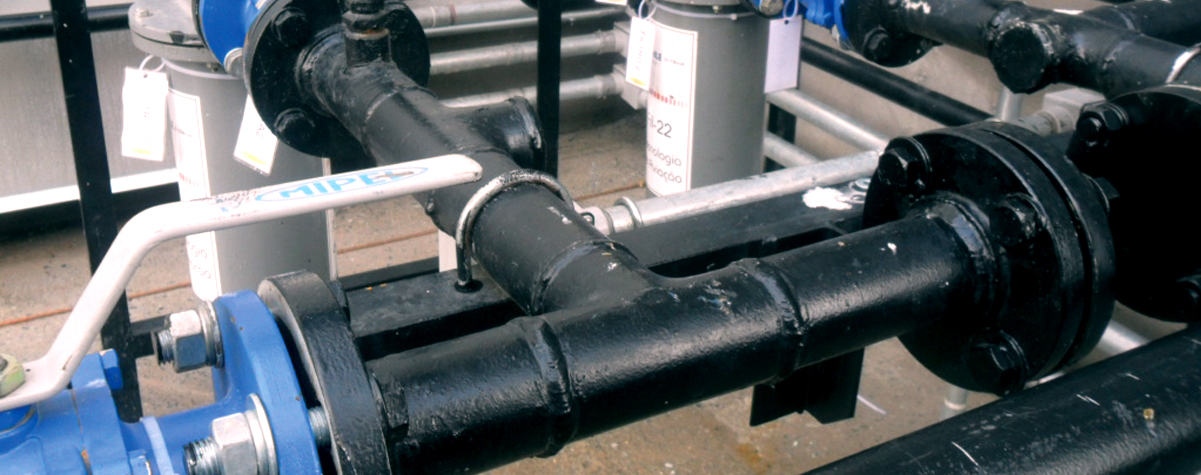Crypto data centers: The good, the bad and the electric
A single tweet in May 2021 brought unprecedented public attention to a relatively unknown issue. Tesla CEO Elon Musk tweeted that because of the large energy consumption associated with the use of Bitcoin, Tesla would no longer accept it as currency. Instead, Tesla would favor other cryptocurrencies that use less than 1% of Bitcoin’s energy per transaction. There has since been much debate – and varying data – about just how much energy crypto data centers consume, yet little focus on how innovative and efficient these facilities can be.
A study by the UK’s Cambridge Centre for Alternative Finance in April 2021 put global power demand by Bitcoin alone at 143 terawatt-hours (TWh) a year. By comparison (according to various estimates*) all the world’s data centers combined used between 210 TWh and 400 TWh — or even more — in 2020. (See Are proof-of-work blockchains a corporate sustainability issue?)
Despite the staggering (estimated) global energy consumption of cryptocurrencies, crypto data center operations are already highly optimized. Although there are legitimate concerns around over-burdening the grid, crypto facilities have deployed innovative approaches and technologies. Instead of focusing primarily on availability and reliability — a necessity for most other data centers — crypto facilities focus mainly on optimizing for cost of compute performance. This is often achieved by eliminating infrastructure (generators, uninterruptible power supplies), innovating silicon design and deploying direct liquid cooling (DLC).
Compared with traditional data centers, crypto IT operations tend to drive out cost and optimize performance, thanks in part to the heavy use of accelerator chips. Some of these accelerators are purpose-built to run cryptocurrency workloads. For example, chipmaker Intel recently launched an accelerator chip intended for crypto miners. Some of these new chips can also be liquid-cooled (or air-cooled), enabling greater efficiencies.
High-density server racks and a focus on return on investment have driven the crypto industry to pioneer and deploy immersion tanks for cooling. The most efficient crypto mining operations leverage ultra-high-density server configurations — about 100 kilowatt (kW) per rack is not unheard of — to potentially reduce both upfront building costs and operating costs.
Texas (US) has emerged as a crypto data center hub. Current estimates place the total installed capacity of crypto mining facilities in Texas at 500 to 1000 megawatt (MW) with plans to increase this to between 3,000 and 5,000 MW by 2023. The combination of cheap (sometimes renewable) energy and a deregulated energy market has made Texas a top choice for large, industrial-scale crypto mining facilities. Some crypto facilities there have large Lithium-ion battery storage capacity, which they exploit via a transactive relationship with a local utility.
One such facility, the Whinstone data center facility, has a total of 400 MW of installed capacity with provisioning for up to about 700 MW. The facility uses on-site battery stores and has a power supply contract with the grid to pay only 2.5 cents per kilowatt-hour. Increasingly, large crypto miners also seek to claim better sustainability credentials and using renewable energy has become a recent focus. Some crypto data centers can reportedly increase their utilization during periods of surplus renewable energy on the grid, as part of their transactional agreement with a utility.
Despite all the heat on crypto data centers, it is a sector of digital infrastructure that is already more optimized for high efficiency than most.
*There have been several studies of global energy use by IT and data centers. A recent and insightful paper, by the authors who reached the lower 210 TWh figure, is Recalibrating global data center energy-use estimates (Masanet E, Shehabi A, Lei N, et al. Science 2020; 367:984986).






 Uptime Institute
Uptime Institute 2020
2020


